I was developing film away from my darkroom. I had assembled the essential equipment and, because I knew that untreated tap water in Brussels used to be very hard, I had made up developer (Rodinal 100:1), stop, fixer and final rinse using purified water. And so I began. Closing the door of the shower room in the evening with other nearby room lights turned off the room became a virtually perfect darkroom. Film loaded in a reel, placed in the tank, developer added, 20 inversions and I left it. An hour later I dumped the developer, briefly used the stop (plain purified water), then fixer. After the fixer I held the tank under the tap, turned the mixer tap to cold and filled the tank. 10 inversions – oh gosh! this feels HOT! I ran the water for a while before taking water for the second and third wash, then used the final rinse water and hung the films to dry. After that experience I saved 10 litres of tap water in two tanks and kept it in the room to attain the same temperature as the developer etc. Subsequent films were normal.
Briefly, reticulation happens if there is a large temperature difference between different liquids used to develop and finish the film. It’s usually something you want to avoid, though there are ways to use it deliberately, and how you manipulate the temperature (which liquid – developer, second wash water, …) including using the freezer, together with other chemicals that might be used, can all lead to a different result. In addition changes to the contrast curve in post can make the pattern more or less apparent.
Images in this article images were taken on FP4 using a Yashica Mat 124G. The featured image clearly shows an unwelcome pattern in the blank sky (more about this below) and has been exaggerated here and in the following images by adjusting the contrast.
The second image shows a similar pattern on the blank wall.
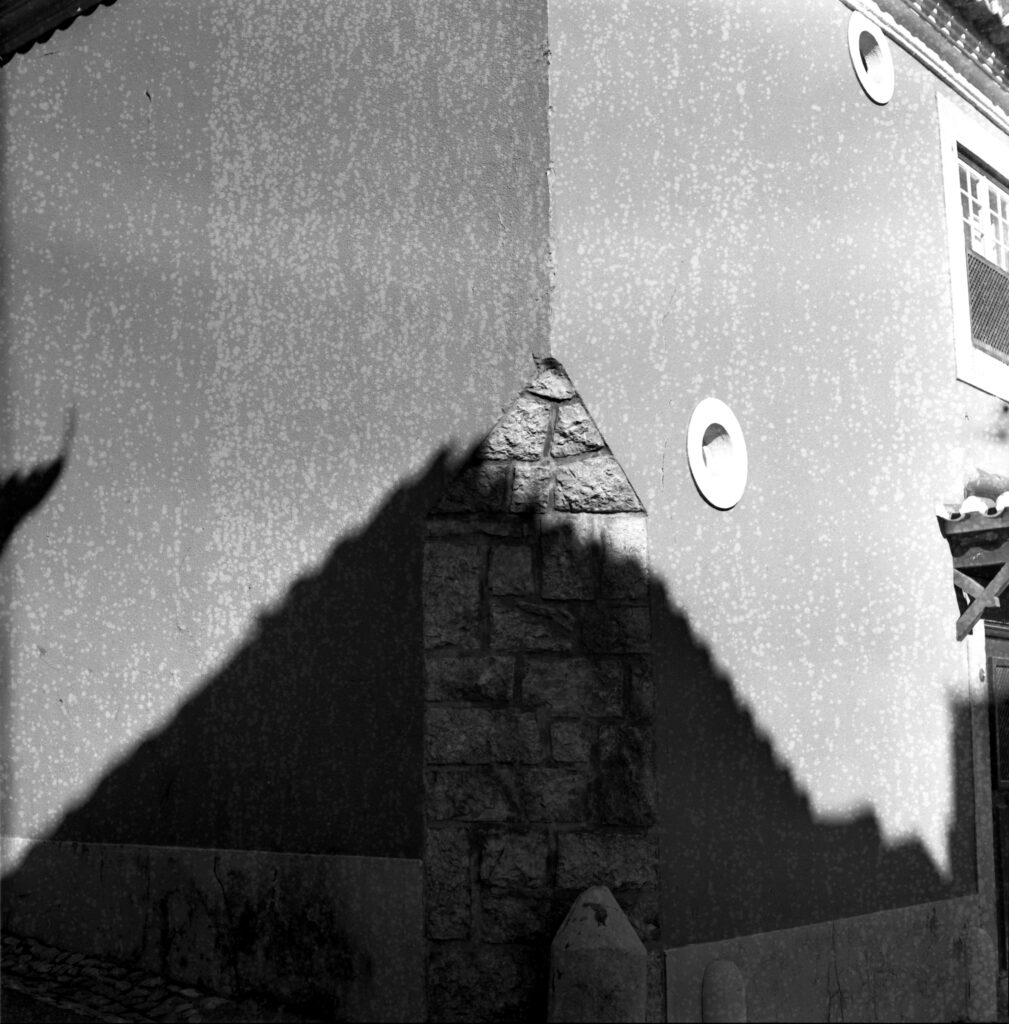
As we move away from blank areas the pattern becomes harder to detect – here it is most visible on the wall upper left and in the shadow of the sign.
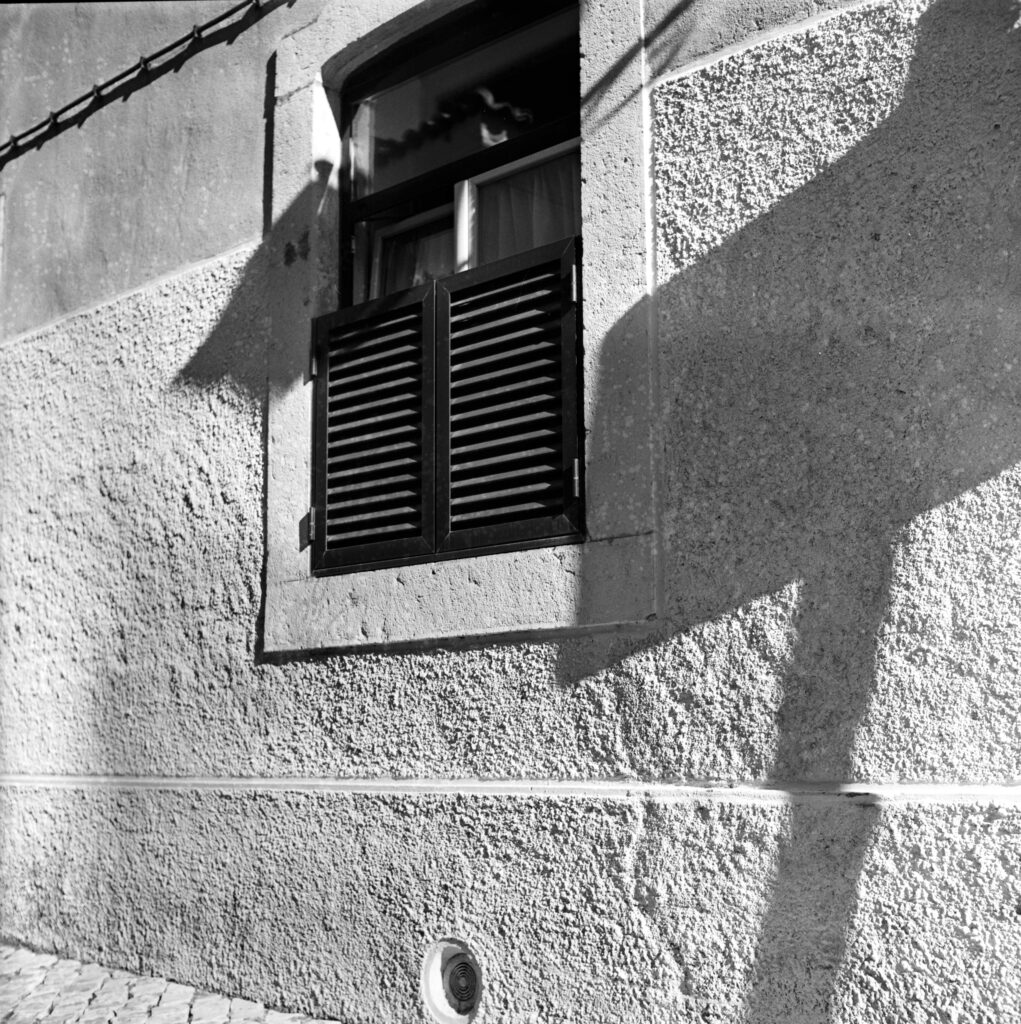
When we move to a crumbling textured wall the pattern becomes much harder to detect.
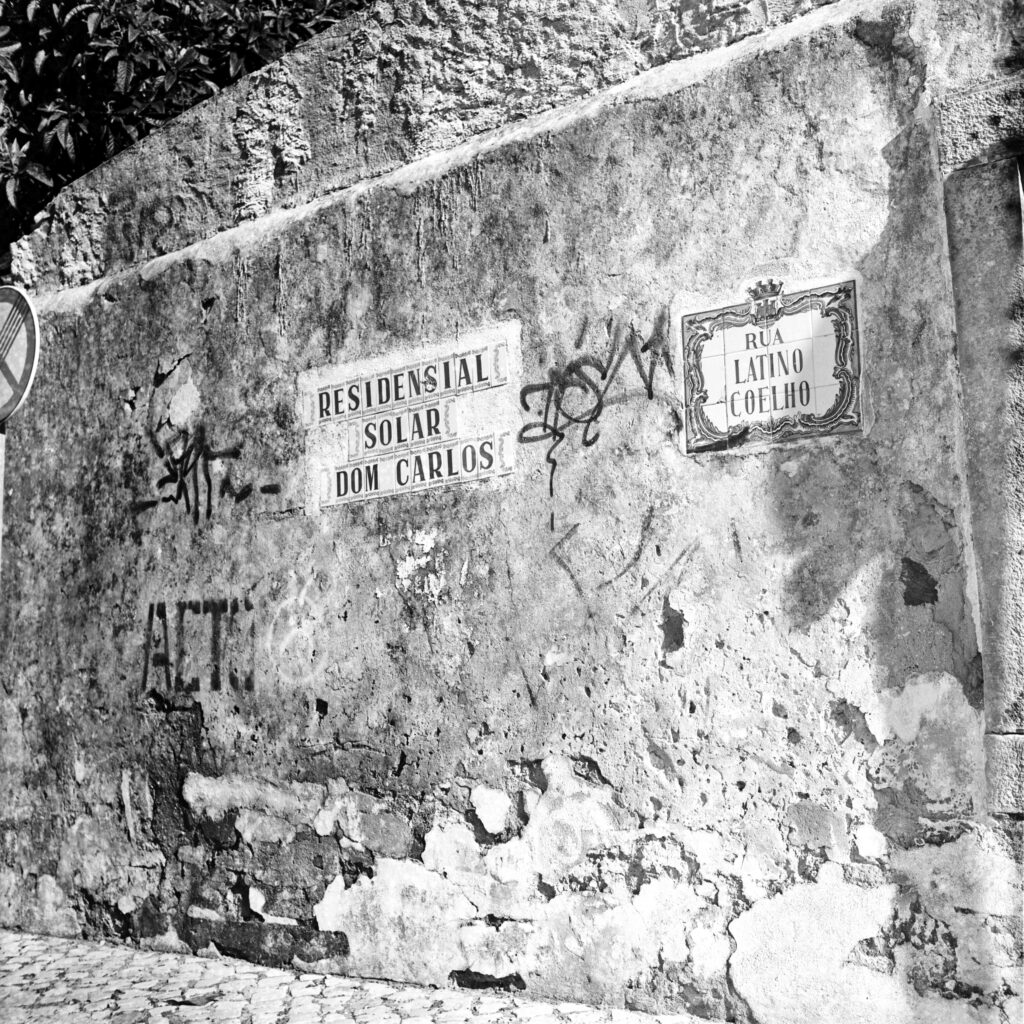
The final image is actually a favourite of mine in spite of and because of the obvious faults – the uncorrected tilt in the frame and greatly exaggerated reticulated pattern seem to add to the atmosphere of the back street, cobbles, uneven bollards and walls.
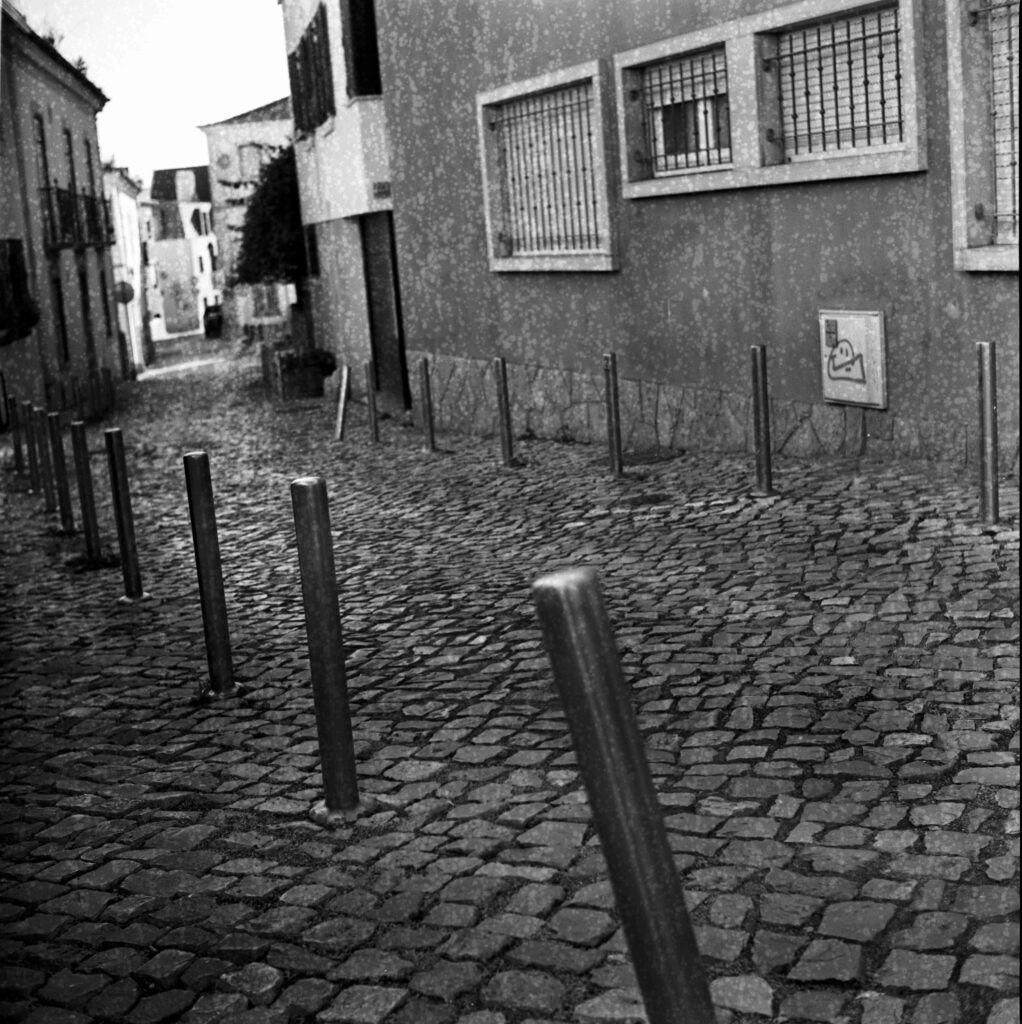
However there’s more to the pattern than simply reticulation. I had a batch of faulty (as agreed by Ilford) FP4 once which showed a much finer pattern running vertically along the film. There are some similarities here – you probably noticed the abrupt change in the pattern about a quarter of the way from the left edge – although the pattern here is an order of magnitude larger than on the faulty film I had. I’m speculating the reticulation here reveals some unevenness in the film production process.
If you are interested in pursuing reticulation as an ‘alternative’ technique of development there is a useful introduction by Ilford here
Share this post:
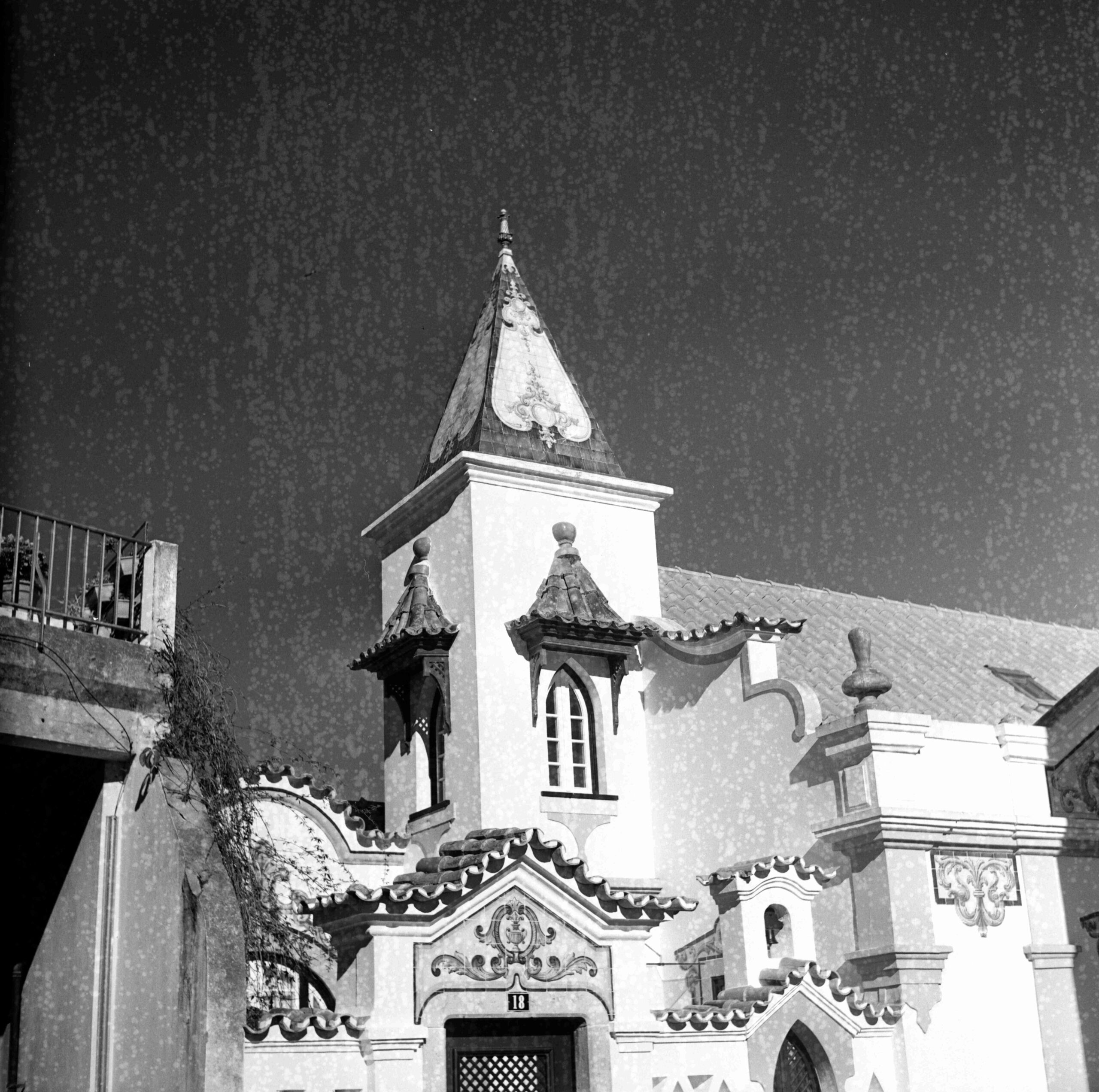
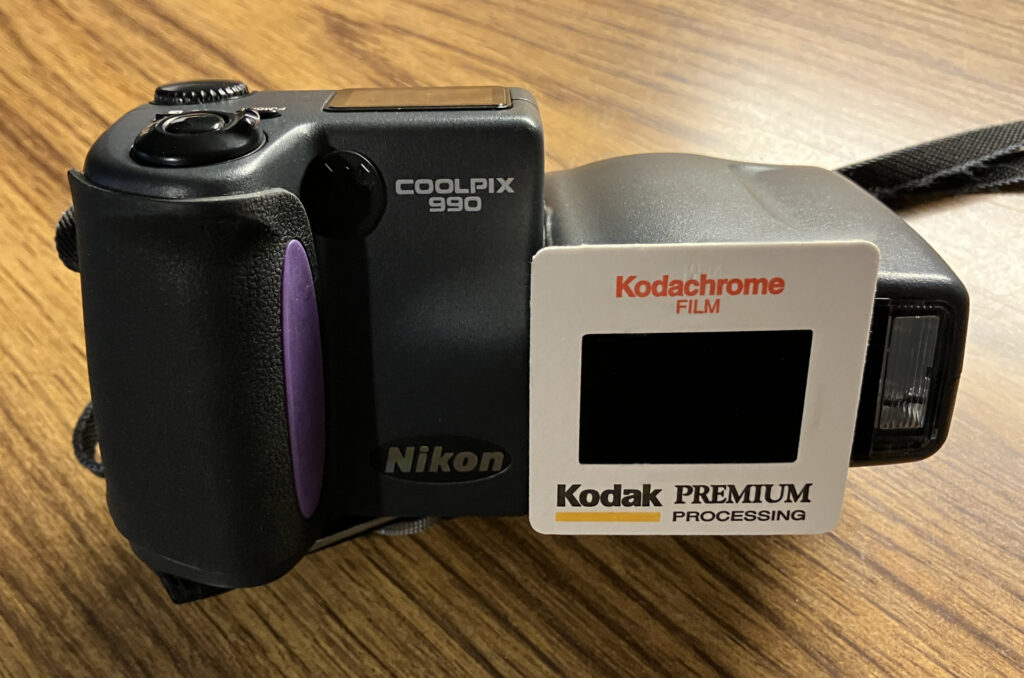
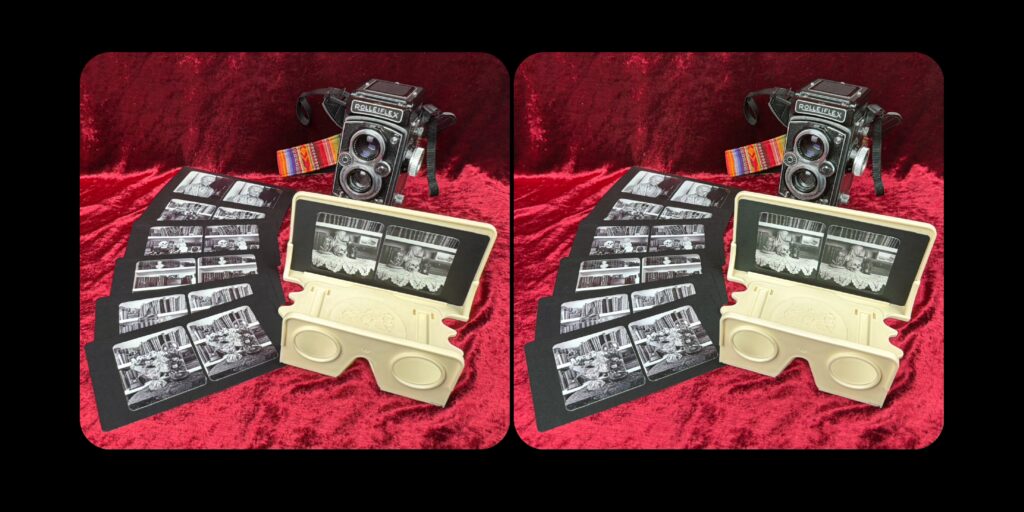

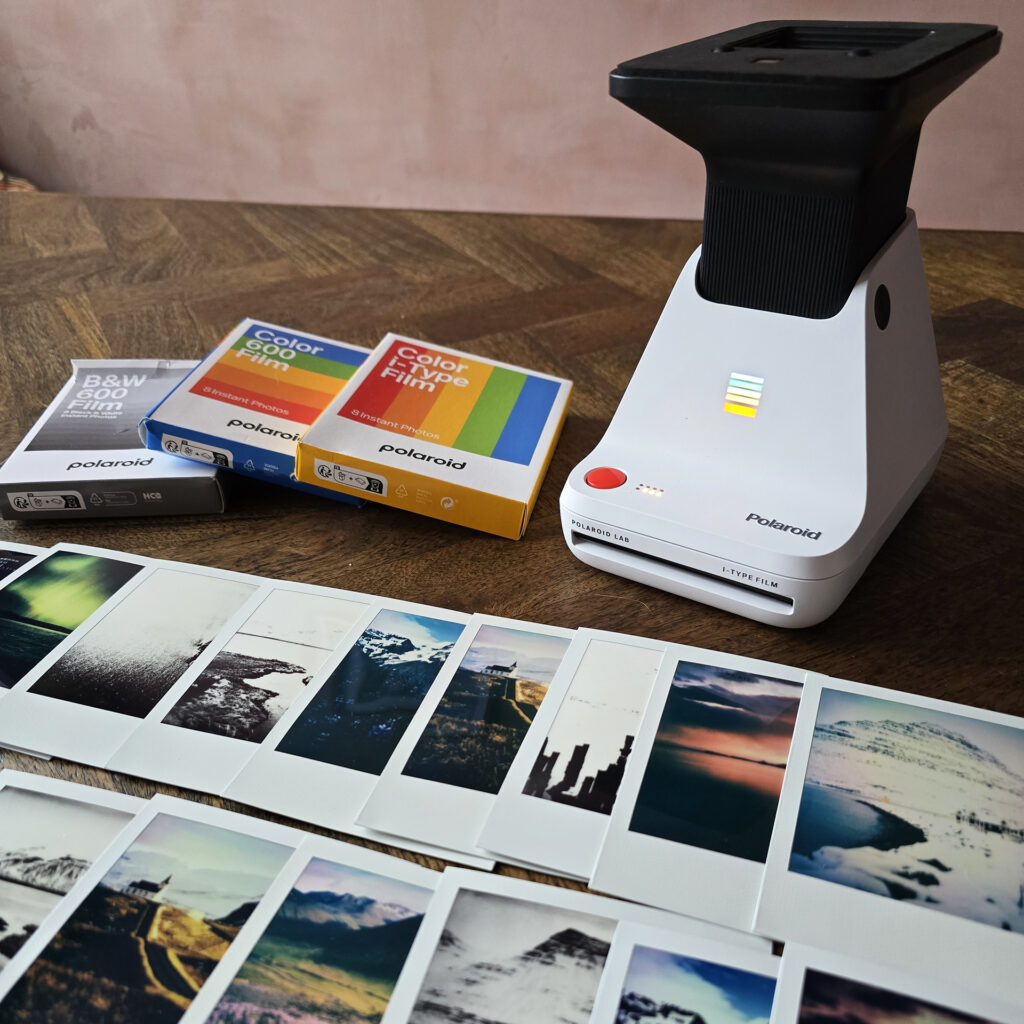




Comments
Gary Smith on How (not) to Reticulate
Comment posted: 24/03/2024
Comment posted: 24/03/2024
Bill Brown on How (not) to Reticulate
Comment posted: 25/03/2024
Comment posted: 25/03/2024
Ibraar Hussain on How (not) to Reticulate
Comment posted: 25/03/2024
Comment posted: 25/03/2024
James T on How (not) to Reticulate
Comment posted: 25/03/2024
Comment posted: 25/03/2024
Roger on How (not) to Reticulate
Comment posted: 28/03/2024
As for processing after scanning, it would be interesting to know whether Lasersoft's SRDx plugin would be able to improve the image, as the problems are most noticeable on areas where the tone is uniform.
Paul Quellin on How (not) to Reticulate
Comment posted: 10/04/2024
I read this at the time with interest, then had reason to refer back to it this morning. I don't recall either having taken sufficient care or encountering the effect when I was young, but that was a long time ago and maybe I did. Last night the last roll I did was a 127 from a Bakelite Kodak Brownie... well why not? I was guilty of rushing the last one a little and vaguely aware that my stop bath water and rinse water was probably warmer than my developer, possibly by a reasonable margin. I didn't bother messing around with the thermometer at that stage, as I wasn't expecting much from the film in any case. That was wrong and now I feel guilty, I did the little Brownie a disservice. I got mild reticulation and I checked back to your article to confirm my suspicions, so thank you. The images are okay and in one of a wooden building it actually adds something somehow. It has though taught me that any emulsion deserves to be treated with respect whatever machine it came out of. Your informative post was very helpful.
Comment posted: 10/04/2024